Chapter 16
How to Write a Brief for a Product 3D Rendering Project?
The best way to ensure that the 3D rendering company understands everything is to support the brief with visuals. This way, there won’t be additional questions like “what exactly do you mean by a Mid-century modern chair? Could you send us a link to the model you’d like to see in the lifestyle rendering?” If there are no definite answers yet, the 3D artists will gladly help figure things out. But if there are exact aesthetics requirements, it’s better to convey them through illustrations.

Consider adding the following materials to the brief:
1. Sketches, shop and millwork drafts, wireframe model drawings.
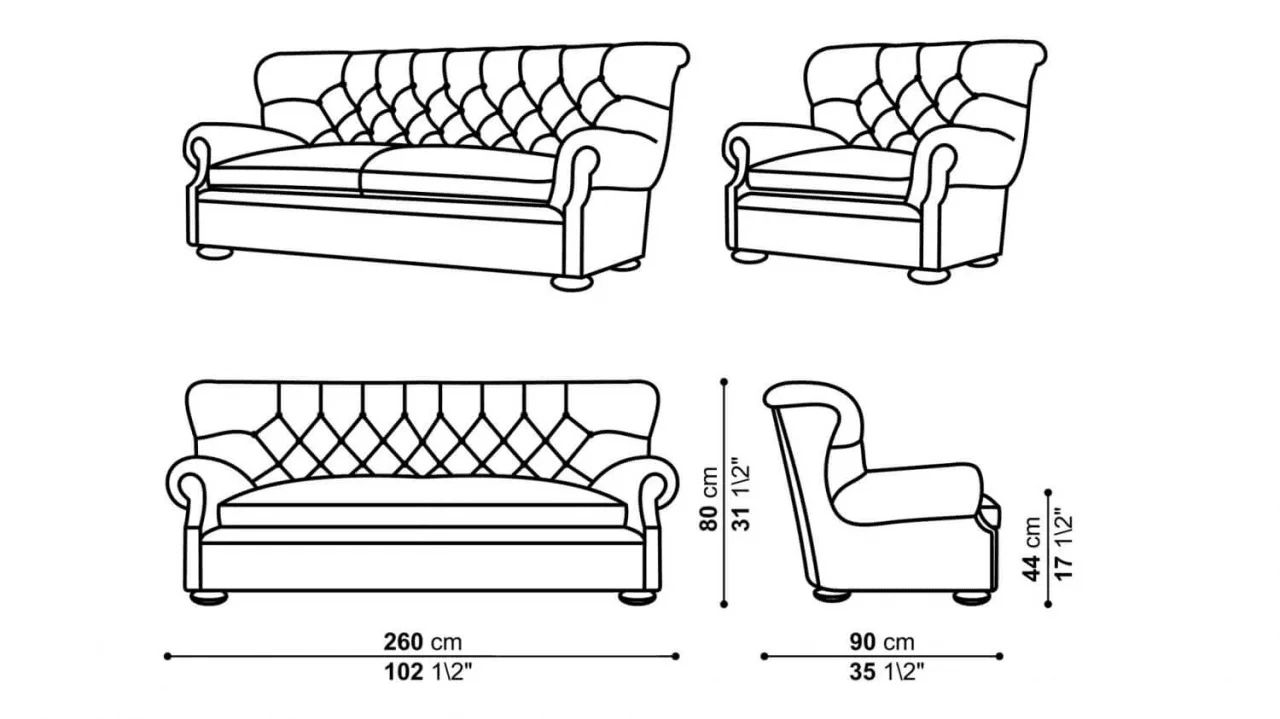
They convey the technical information about the product and thus help 3D artists achieve the required accuracy.
2. Photos of the furniture item or similar pieces from the same collection.
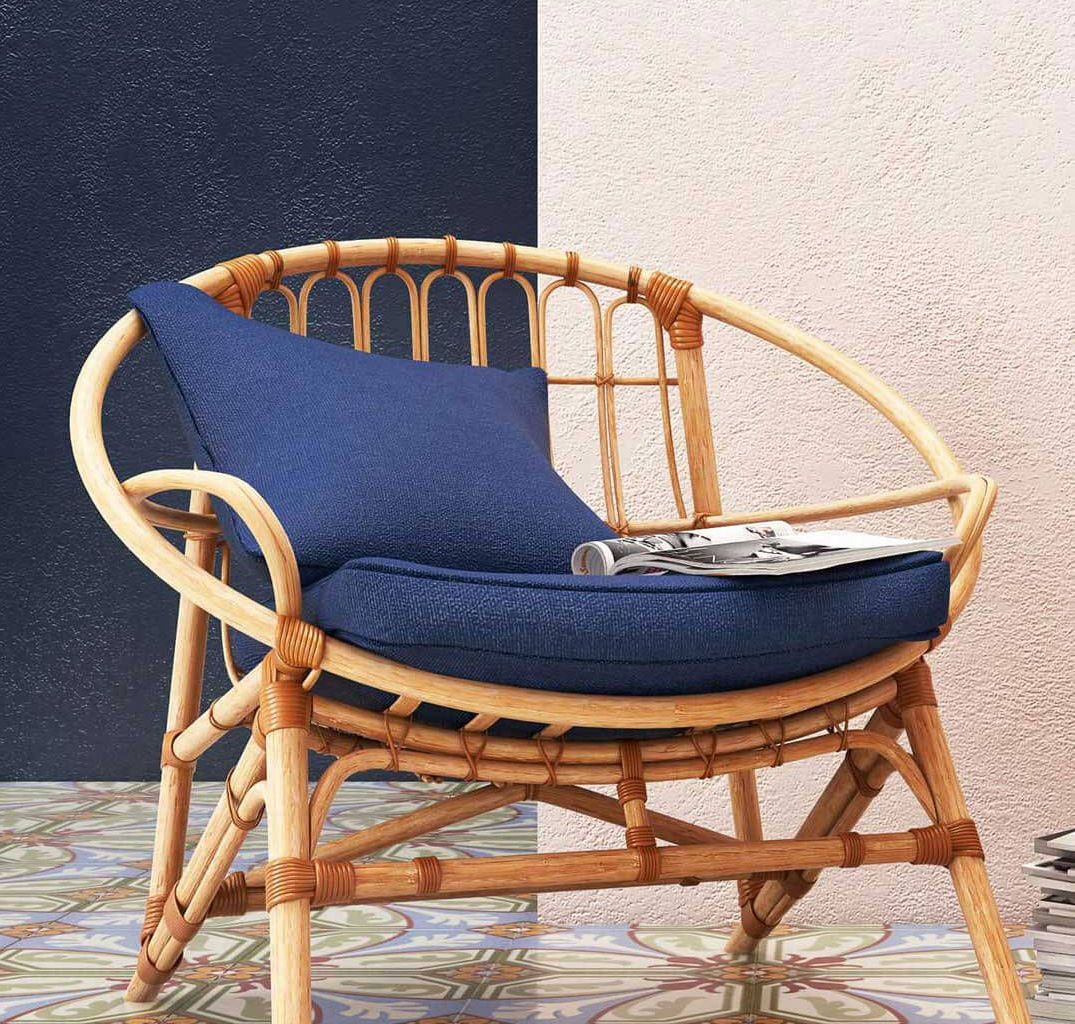
These may be non-professional, smartphone-made pictures. Their purpose is to help the 3D artists to examine colors, materials, fixtures, seams, and details.
3. Mood references, or inspiration photos.
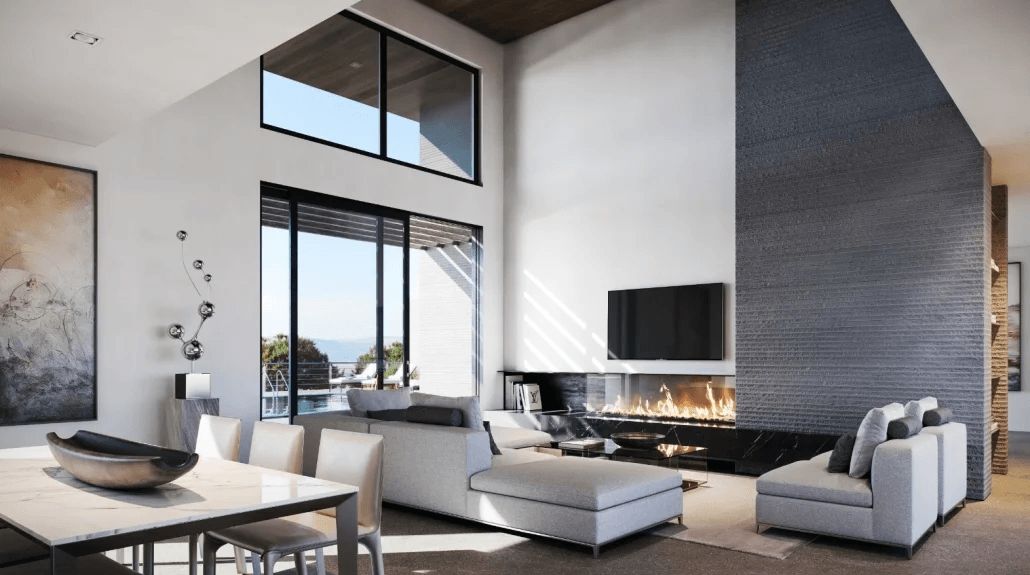
No words can describe the interior lighting or color so that everyone has the same picture in mind. To make sure that the scene has the right atmosphere, it’s easier to send reference photos showing the things that set the mood, like the lighting, colors, decor items, or textiles. As for the interior design, one can use our guide with 35 examples of roomset styles for references or even scenes.
4. Close-up photos or swatches of materials.
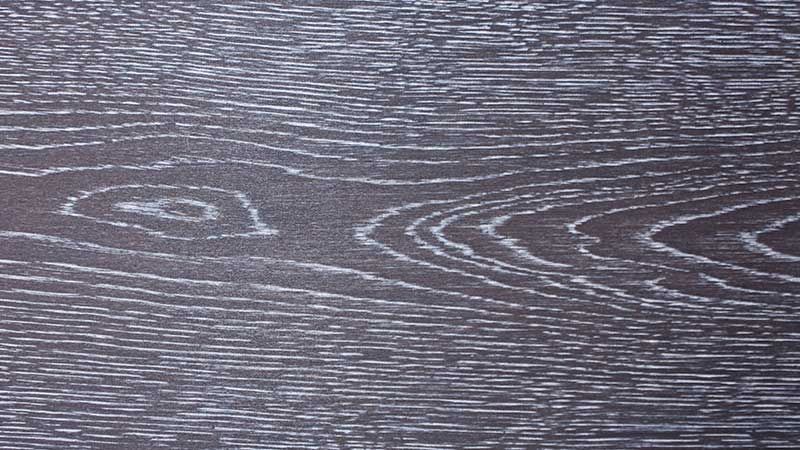
These are essential for photorealistic product 3D modeling. Photos can be taken with a smartphone, provided that the materials can be read on the screen. This can be achieved with a few basic rules of photographing furniture materials for 3D modeling.
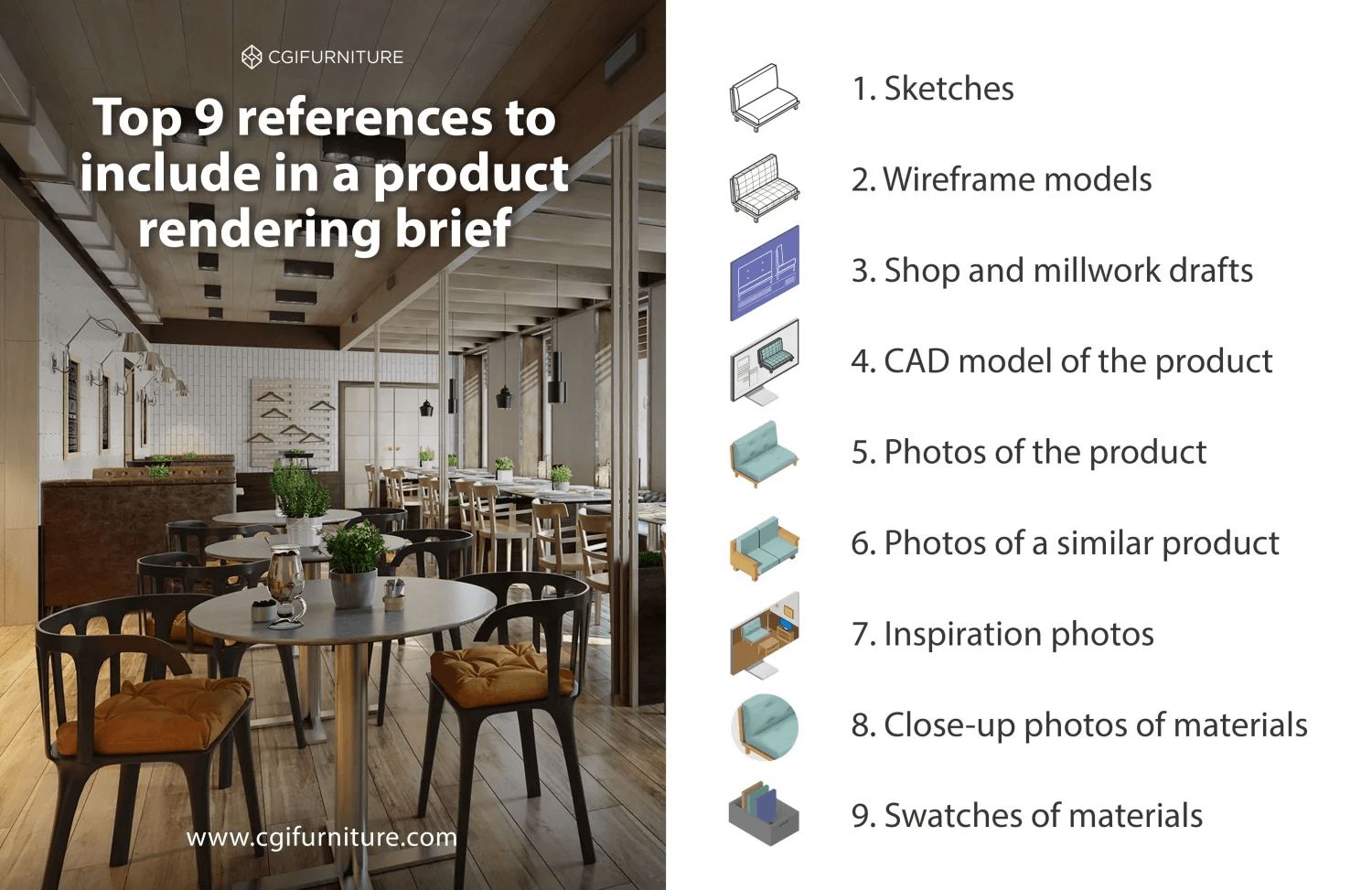
These references complete a product 3D rendering brief and help 3D visualizers understand the idea from the first viewing of the assignment. This will increase the speed of the project and ensure the accuracy of the results from the earliest stages.
Now that we’ve discussed the procedure, what about the cost? How much do CGI studios charge for 3D projects? Let’s check out the main factors influencing the price of CGI.
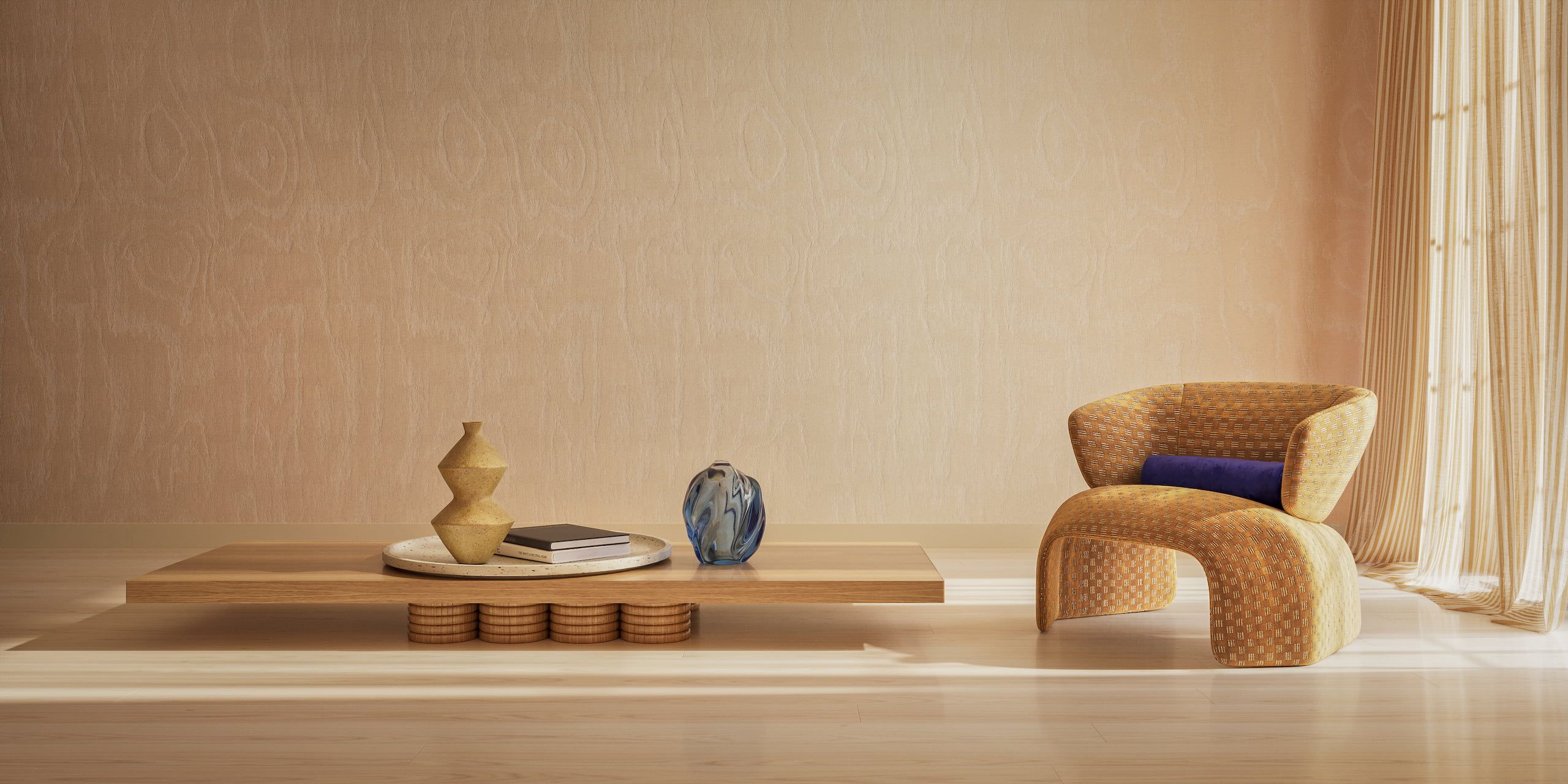
Get the Commercial CGI & Product Rendering Guide for Marketing Directors
Everything you need to scale product content with CGI.
Get expert insights, real project examples, and strategies with proven ROI.
Fill out the form to receive the guide directly in your inbox.